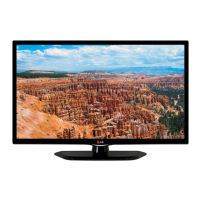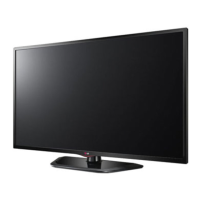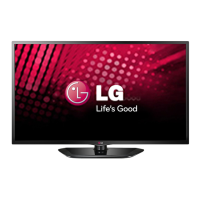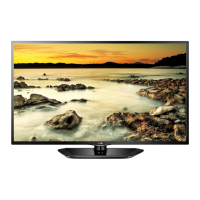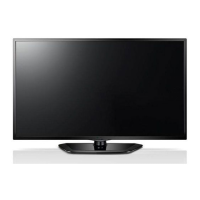What to do if LG 32LN5300 LED TV remote control is not working?
- SScott RoyJul 26, 2025
If you're unable to control your LG LED TV with the remote, first, ensure there are no obstructions between the remote and the TV's sensor. Then, check the remote's batteries to confirm they are working and properly installed. Finally, check the remote control sensor on the product and try again.



